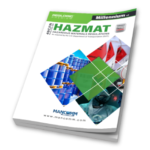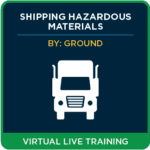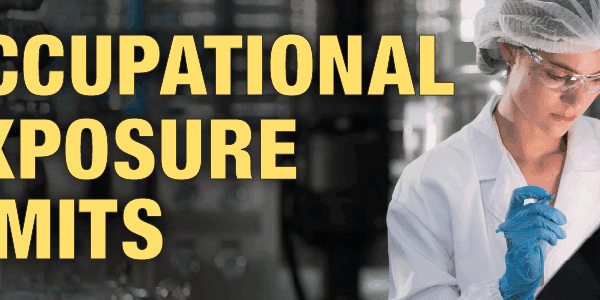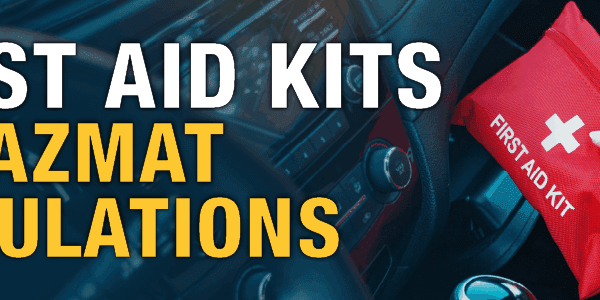 The Role of AI in Hazardous Materials Transportation
The Role of AI in Hazardous Materials Transportation
Transporting hazardous materials is a complex and high-stakes task requiring strict adherence to safety regulations and meticulous planning. Any mishandling or accidents while transporting these materials can devastate human lives and the environment. Artificial intelligence (AI) has emerged as a powerful ally in enhancing the safety and efficiency of hazardous materials transportation in recent years. Let us explore the critical role of AI in this domain and how it transforms how we manage, monitor, and safeguard hazardous materials in transit.
One of the key challenges in hazardous materials transportation is identifying the safest and most efficient routes. AI-powered route planning and optimization systems consider many variables, such as the type of materials being transported, weather conditions, traffic patterns, and road quality. These systems can suggest alternative routes in real-time if unforeseen issues, like accidents or adverse weather, threaten the original route. This ensures that materials reach their destination on time and minimizes the risk of accidents and incidents along the way.
Transporting hazardous materials often involves specialized vehicles and equipment that require regular maintenance to operate safely. AI-driven predictive maintenance systems monitor the condition of these vehicles and equipment in real time. They use sensors and data analytics to detect signs of wear and tear, enabling operators to schedule maintenance proactively. This reduces the likelihood of equipment failure during transport, which can be catastrophic when dealing with hazardous materials.
AI plays a crucial role in identifying hazardous materials accurately. It can analyze data from sensors, labels, or documentation to classify and verify the materials in transit. This ensures proper safety protocols are followed during transportation and the materials are handled and stored appropriately.
Many hazardous materials are sensitive to environmental factors like temperature, humidity, and pressure. AI sensors can continuously monitor these conditions and instantly notify operators if any deviations occur. This enables swift action to correct any issues and prevent material damage or leaks.
Using autonomous vehicles and drones in hazardous materials transportation can minimize human exposure to risk. AI-driven autonomous vehicles can navigate complex routes, adhere to speed limits, and respond to dynamic situations, all while ensuring the safety of the materials and the environment. Drones equipped with AI can provide real-time aerial surveillance and collect data on road conditions, traffic, and potential hazards, enhancing the overall safety and security of the transportation process.
AI can be a lifesaver in the unfortunate event of an accident or incident during hazardous materials transportation. It assists in assessing the situation, providing real-time data to emergency responders, and suggesting the best strategies for containment and mitigation. AI algorithms can predict the potential spread of hazardous materials in the event of a leak or spill, allowing for more effective evacuation and response plans.
Compliance with strict safety regulations is paramount in hazardous materials transportation. AI-based systems can monitor real-time compliance and alert operators to violations. This helps companies maintain a strong safety record and avoid costly fines and legal consequences.
Artificial intelligence is revolutionizing the field of hazardous materials transportation. It ensures that materials reach their destinations safely and efficiently and enhances the overall security of the transportation process. AI plays a pivotal role in reducing risks and safeguarding lives and the environment by optimizing routes, monitoring environmental conditions, providing predictive maintenance, and aiding in emergency response.
As technology advances, AI integration into hazardous materials transportation will become even more sophisticated, enabling us to minimize the inherent risks associated with this critical aspect of modern industry. Embracing AI as a partner in transporting hazardous materials is a significant step toward ensuring a safer and more sustainable future.
Do you have questions about shipping dangerous goods? Our team of experts is just a call away for our customers at 855.734.5469 or send us an email, we’re happy to help.
Stay up to date and sign up for our newsletter!
We have all the products, services, and training you need to ensure your staff is properly trained and informed.
 49 CFR Publications 49 CFR Publications |
 Worded Labels Worded Labels |
 Shipping Hazardous Materials Shipping Hazardous Materialsby Ground |






 ICC USA
ICC USA ICC Canada
ICC Canada